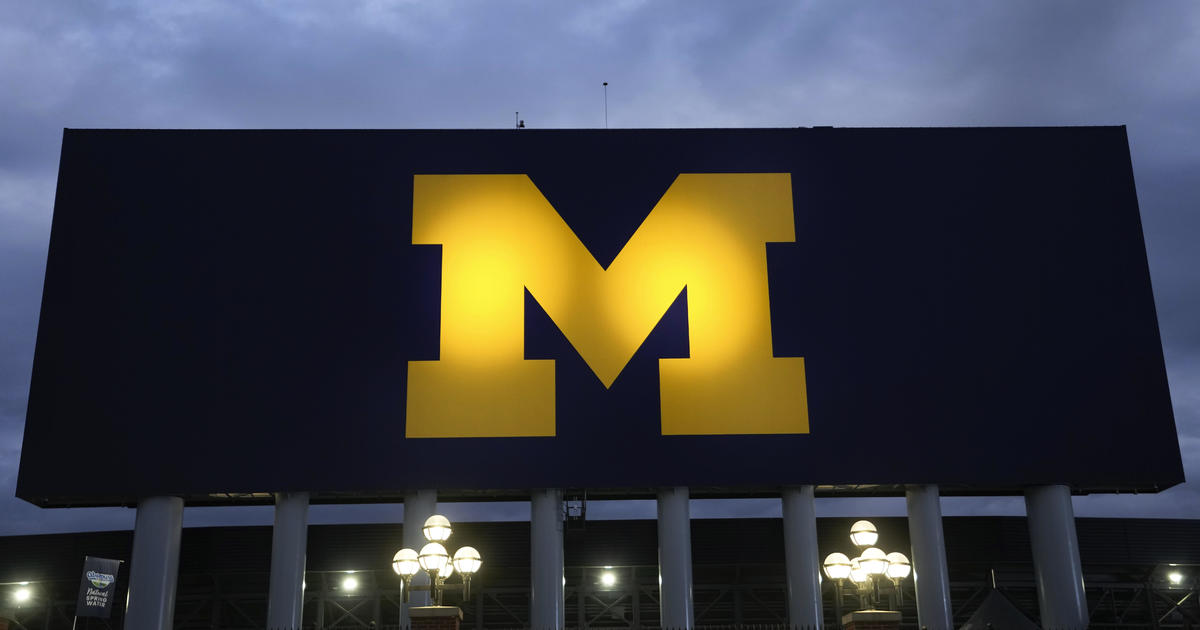A Look At UM's New Research Complex
I got a glimpse just how vast when I accompanied David Canter on an official tour of the complex Monday.
Canter ran the research center for Pfizer for eight years before it closed, so there was a certain symmetry in his being named UM's first executive director of what is now the UM North Campus Research Complex last June.
Canter said the university already has nearly 500 employees in the complex, a little less than a quarter of what Pfizer had there at its peak. But vast stretches of office and laboratory space -- some dated, some state-of-the-art -- remain vacant.
The university wants to consolidate some of its research operations there and dedicate a good chunk of it to incubator space for spinout companies.
Buildings 100, 200, 300 and 400 were the first occupied. Located on the east side of Huron Parkway, originally built by Philips as engineering space and later bought by a Pfizer predecessor, the buildings are home to the UM Comprehensive Cancer Center Office of Development, its Community Outreach Office, its Specialized Project of Research Excellence and its Clinical Trials Office.
It's also now home to the Michigan Institute for Clinical and Health Research, UM's Medical School information serivices department and an oncology group clinical trials office.
UM's Business Engagement Center, a one-stop shop for businesses looking for research help from UM, and its Office of Tech Transfer, have moved into building 520, also on the east side of Huron Parkway. So have the UM Medical School's business development, office of research and office of grants operations.
Coming soon to this building is 17,000 square feet of incubator lab and office space, state-of-the-art space absolutely perfect for life science or engineering based startups. They'll have the advantage of UM's tech transfer office across the atrium.
But it's the sprawling, interconnected, 19-building complex west of Huron Parkway where I laid down the most shoe leather Monday and came closest to hitting 10,000 steps on the day.
Building 18 is to the immediate north of the main entrance, housing Canter's and other executive offices, a cafeteria (which, Canter said, will reopen once the complex hits 1,000 staff) and big meeting spaces.
Building 10 is just south of that, cushy office space featuring a 150-seat auditorium. Just south of that is Building 20, the original research labs when Parke-Davis moved to Ann Arbor from Detroit in 1960. And on the west side of the complex are Buildings 14 and 16, more lab and research space.
UM plans to spend millions on renovating Building 16 to make it "denser" -- that is, to reduce the size of individual offices to hold more people. That's a problem throughout the Pfizer complex -- its individual offices are larger and cushier than the standard for university professors. Canter said UM will make them smaller where it makes sense, but doesn't want to spend huge dollars just to move walls when it isn't necessary.
Building 14, meanwhile, Parke-Davis' original Ann Arbor office building, will become home to molecular biology labs -- a DNA sequencing group now housed at the UM medical school will move in in February.
The relatively recent Building 26 is home to chemistry, biology and animal procedures labs; UM's animal testing operations are already there. Its labs feature no less than 40 sophisticated air handling experiment hoods that are $300,000 each -- and Pfizer simply left them.
That's a pattern throughout the building. For $108 million, UM got control of 1.2 million of lab space that Canter said can cost $800 to $1,000 a square foot to build, along with 420,000 square feet of office space -- all for a price of about $50 a square foot.
Building 22 is bioinformatics and gene sequencing space that housed a huge secure sample storage closet with a robotic retrieval system. Building 28 was devoted to chemistry.
I also toured the newest building in the complex, Building 36, home to pathology and chemistry research, which opened only in 2006, a year before Pfizer announced its departure. This is true state-of-the-art research and office space.
In general, the newer space in the building -- the 1990s forward -- is designed as huge open lab areas, which is the modern standard, because it's believed to facilitate collaboration and chance meetings that can lead to major advances. The older, 1960s and '70s lab space is partitioned off into large individual offices that also have lab equipment in them. Canter said those spaces will take more money to renovate.
UM doesn't yet have plans for the entire complex -- for example, the 80,000 square foot Building 25, biology and animal research space that dates back to the '80s, and Building 60, a 1970s-vintage building constructed when there was huge interest in fermentation as a way to develop new drugs. For now, both are staying vacant.
UM does have its first commercial tenant in place -- appropriately, in an era of unprecedented cooperation among Michigan's largest research universities, a spinout of Michigan State University research called BoroPharm Inc. It's in a separate structure called Building 40 with special safety features for a company that conducts research on hydrogenated compounds -- meaning it uses a lot of flammable hydrogen.
There's much more about UM's plans for the NRCC at http://www.umresearchgrowth.org/.



